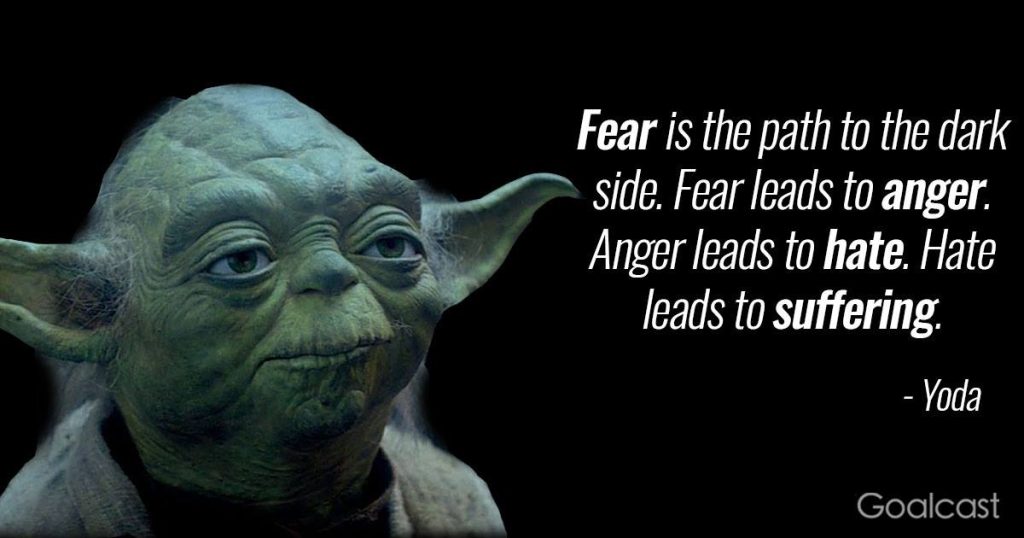Repetition is a powerful literary tool and a fundamental element of good writing in a multitude of contexts.
It can be harnessed to emphasize a point, evoke an emotion, create rhythm, and even to underline themes in a piece of work.
This article will delve into the repetition definition, various types of repetition, and some common examples to provide you with a comprehensive understanding of what it is and how it can be effectively employed in your writing.
Whether you’re a seasoned writer or a novice looking to finesse your technique, this guide is designed to equip you with valuable insights to elevate your written work!
What is Repetition in Writing?
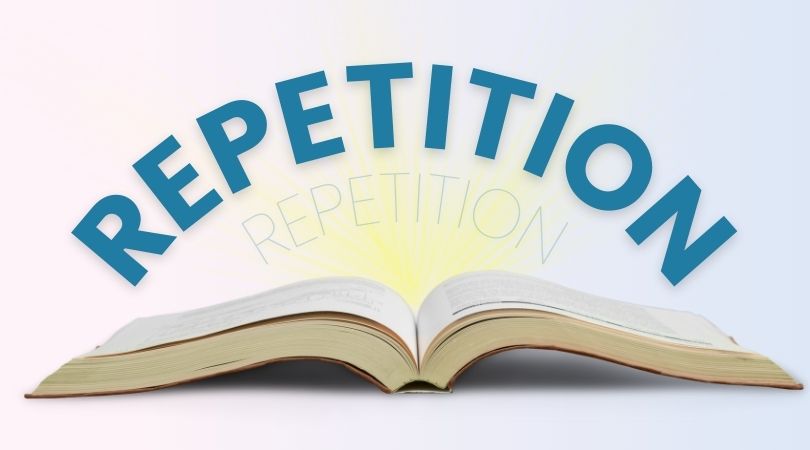
Repetition is the repeating of words, phrases, or ideas within a piece of writing.
It can be used in various forms such as repetition of single words, phrases, entire sentences, or even structures.
It is a literary technique that has been utilized by writers for centuries to emphasize and reinforce key points, evoke emotions, and create a memorable impact on readers.
Moreover, repetition is not limited to literature or creative writing, it is also frequently employed in advertising and public speaking to make a message stick with the audience.
Now that we have an understanding of what repetition is, let’s dive into some examples of how it can be effectively used in writing.
13 Types of Repetition With Examples
Repetition is a very versatile literary device and can be used in many different ways.
Here are 10 types of repetition, accompanied by examples of each:
1. Anaphora
Anaphora is the repetition of the same word or phrase at the beginning of successive phrases.
One of the most famous anaphora examples comes from Martin Luther King Jr.’s famous “I have a dream” speech:
“I have a dream that one day this nation will rise up and live out the true meaning of its creed:
‘We hold these truths to be self-evident, that all men are created equal.’
I have a dream that one day on the red hills of Georgia, the sons of former slaves and the sons of former slave owners will be able to sit down together at the table of brotherhood.”
– Martin Luther King
Another example:
“It was the best of times, it was the worst of times, it was the age of wisdom, it was the age of foolishness, it was the epoch of belief, it was the epoch of incredulity…”
– Charles Dickets, A Tale of Two Cities
2. Epistrophe
Epistrophe is similar to anaphora, but instead of repeating words or phrases at the beginning of clauses or sentences, it is repeated at the end.
An example can be found in this 2008 presidential victory speech:
“Because if we are willing to work for it and fight for it and believe in it, then I am absolutely certain that generations from now, we will be able to look back and tell our children…”
– Barack Obama
3. Symploce
Symploce is the combination of anaphora and epistrophe, where a word or phrase is repeated at both the beginning and end of successive clauses or sentences.
A great example of repetition with symploce can be seen in ‘I Sing the Body Electric:’
“And if the body does not do fully as much as the soul?
And if the body were not the soul, what is the soul?”
– Walt Whitman
4. Alliteration
Alliteration is the repetition of initial consonant sounds in a series of words. It is commonly used in poetry and creates a musical effect.
Some common alliteration examples include:
- From The Great Gatsby by F. Scott Fitzgerald: “So we beat on, boats against the current, borne back ceaselessly into the past.”
- From Shakespeare’s Beowulf: “To feast his fill of the flesh of men.”
5. Assonance
Similar to alliteration, assonance is the repetition of vowel sounds in a series of words.
It creates a musical quality to your tone of writing and can evoke certain emotions in readers.
A simple repetition example of assonance can be heard in the words “crying time”, where there is a repetition of the long “i” sound between each of the words.
6. Consonance
Consonance is the repetition of consonant sounds within words, rather than just at the beginning.
It adds a sense of rhythm and musicality to writing.
For example, “Laura called to tell me that Lila had fallen ill.”
The consonant sound “L” is repeated throughout this phrase.
6. Anadiplosis
Anadiplosis is the repetition of a word or phrase at the end of one clause or sentence and then at the beginning of the next.
It creates a strong connection between ideas. For example:
“Fear leads to anger, anger leads to hate, hate leads to suffering.”
– Yoda in Star Wars
7. Epanalepsis
Epanalepsis is the repetition of the same word or phrase at both the beginning and end of a clause or sentence.
It is used to create emphasis and make a point clear.
A famous example of repetition in literature in the form of epanalepsis is:
“Blood hath brought blood, and blows answer to blows.”
– William Shakespeare, Macbeth
7. Diacope
Diacope is a type of repetition that occurs when the same word or phrase is repeated with other words in between.
It comes from the Greek word “diakopon” which means to cut through.
Some examples include:
- “To be, or not to be” – William Shakespeare in Hamlet
- “Bond. James Bond.” – James Bond movies
- “He’s so good at playing the guitar. It’s like he was born with a guitar in his hands.”
8. Polyptoton
Polyptoton is the repetition of words with different forms or tenses within a sentence.
It can add complexity and depth to writing. For example:
“I dreamed a dream.”
– Les Misérables by Victor Hugo
9. Antistasis
Antistasis is the repetition of a word in a different sense or meaning within the same sentence.
It can create interesting wordplay and add depth to writing.
“Nothing will come of nothing.”
– Shakespeare, Hamlet
10. Antanaclasis
Antanaclasis is the repetition of a word or phrase in two different meanings. It can create clever wordplay and add depth to writing.
“Time flies like an arrow, but fruit flies like a banana.”
Groucho Marx
In this example, the word flies has a different meaning in the context of time and the type of insects that love bananas.
“If you aren’t fired with enthusiasm, you will be fired with enthusiasm.”
-Vince Lombardi
11. Epimone
Epimone is a repeated phrase or question to emphasize an important point.
It can also be used as a rhetorical device to engage and persuade readers.
One example of repetition in the form of epimone can be seen below:
“All his brains are in the nape of his neck, Simon Dedalus says. Welts of flesh behind on him. Fat folds of neck, fat, neck, fat, neck.”
– James Joyce, Ulysses
12. Epizeuxis
Epizeuxis is the repetition of the same words or phrases for emphasis and intensity.
It adds emotional weight to writing and can create a sense of urgency.
Some examples include:
- “Never, never, never give up.” – Winston Churchill
- “Oh Romeo, Romeo, wherefore art thou Romeo?” – William Shakespeare in Romeo and Juliet.
13. Negative-Positive Restatement
Negative-positive restatement is the repetition of an idea in both a negative and positive form or with opposite meanings.
It can highlight contrasts and add depth to writing.
An example can be found in this famous speech:
“We must learn to live together as brothers or perish together as fools.”
– Martin Luther King
The concept is not repeated, but rather the idea is restated in a negative and positive form.
30 Repetition Examples
Now that you have an idea of different types of repetition, here are some other common examples in various contexts.
Repetition Examples in Literature
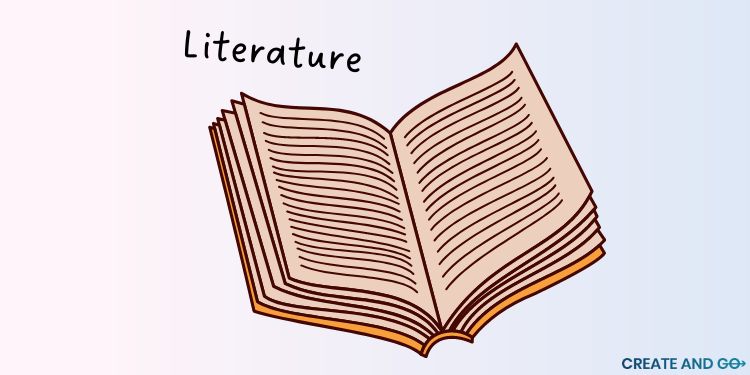
- “Because I do not hope to turn again. Because I do not hope. Because I do not hope to turn…” – T.S. Eliot in Ash Wednesday
- “I felt happy because I saw the others were happy and because I knew I should feel happy.” – David Foster Wallace in Infinite Jest
- “I am Sam. Sam I am.” – Dr. Seuss in Green Eggs and Ham
- “And miles to go before I sleep, And miles to go before I sleep.” – Robert Frost in Stopping by Woods on a Snowy Evening
- “In a hole in the ground there lived a hobbit. Not a nasty, dirty, wet hole, filled with the ends of worms and an oozy smell, nor yet a dry, bare, sandy hole with nothing in it to sit down on or to eat: it was a hobbit-hole, and that means comfort.” – The Hobbit by J.R.R. Tolkien
Repetition Examples in Speeches and Politics
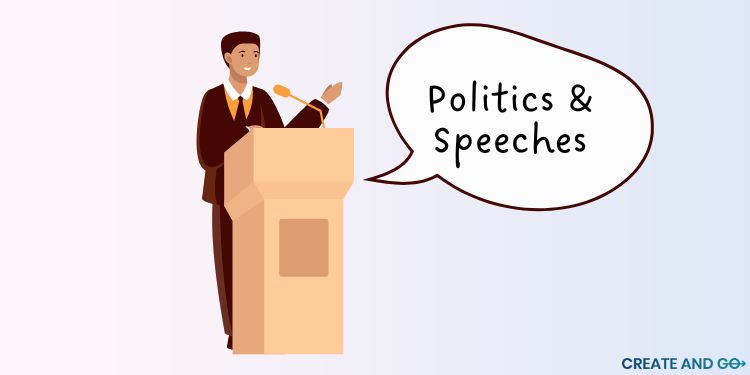
- “I have a dream.” – Martin Luther King Jr.’s famous speech
- “Ask not what your country can do for you, ask what you can do for your country.” – John F. Kennedy’s inauguration speech
- “We will fight on the beaches, we will fight on the landing grounds, we will fight in the fields and in the streets…” – Winston Churchill’s speech
- “The only thing we have to fear is fear itself.” – Franklin D. Roosevelt’s inaugural address
- “There is nothing wrong with America that cannot be cured by what is right with America.” – Bill Clinton’s inaugural address
Repetition Examples in TV and Film

- “Keep your friends close, but your enemies closer.” – The Godfather Part II
- “With great power, comes great responsibility.” – Spider-Man
- “I want the truth! You can’t handle the truth!” – A Few Good Men (1992)
- “Are you talkin’ to me? Are you talkin’ to me?” – Taxi Driver
- “Wax on. Wax off.” – The Karate Kid
Repetition Examples in Music
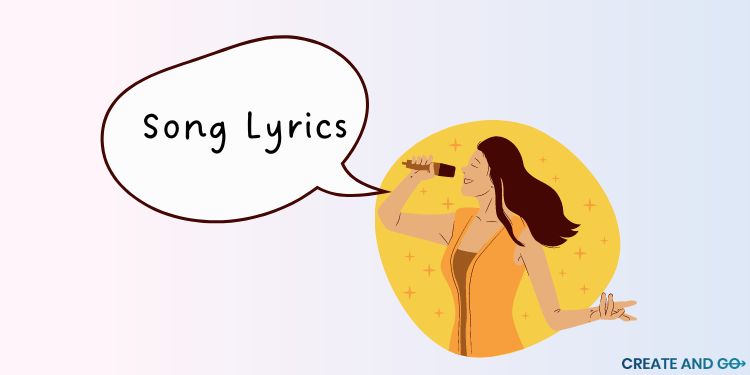
- “I want to break free. I want to break free.” – I Want to Break Free by Queen
- “I will follow you, Follow you wherever you may go” – I Will Follow You by Elvis Presley
- “Let it be, let it be, let it be, let it be. Whisper words of wisdom, let it be.” – Let It Be by The Beatles
- “I will always love you. I will always love you.” – I Will Always Love You by Whitney Houston
- “The love you get is equal to the love you make.” – The End by The Beatles
How to Use Repetition Effectively in Writing
Here are some tips to use repetition effectively in your writing:
- Choose the right type of repetition: Consider the purpose and tone of your writing to decide which form of repetition will be most effective. For example, if you want to add emphasis or intensity, epizeuxis might be a good choice. If you want to create an emotional connection, using positive-negative restatement can be effective.
- Use repetition for emphasis: Repetition is a powerful tool to emphasize important ideas or create a sense of urgency in your writing. Use it sparingly and strategically for best effect.
- Create rhythm: Repetition can also add rhythm and flow to your writing, making it more engaging and memorable for readers.
- Avoid overusing repetition: Too much repetition can be monotonous and boring for readers. Make sure to use it sparingly and vary your language to keep readers engaged.
- Consider the context: Repetition may not always be appropriate in certain contexts, such as academic or formal writing. Consider the purpose of your writing and audience before using repetition.
- Edit with intention: After writing, review your work and check if the repetition adds value or if it can be replaced with other techniques to improve the overall impact of your writing.
So next time you’re writing something, remember the power of repetition and use it effectively to engage and persuade your readers.
FAQs About Repetition
Key Takeaways for Writing Repetition
In conclusion, the use of repetition can greatly amplify the impact of your writing, whether it’s for a poem, a speech, or a song lyric. When used judiciously, repetition can emphasize key points, evoke emotional responses, and create rhythm.
Famous writers, politicians, and musicians have employed this technique to bring their words to life and leave a lasting impression on their audience.
However, to avoid monotony, it is critical to use this tool sparingly and strategically. Consider your purpose, audience, and overall context while applying repetition in your writing.
With the right balance, this literary device can turn your piece from ordinary to memorable!
